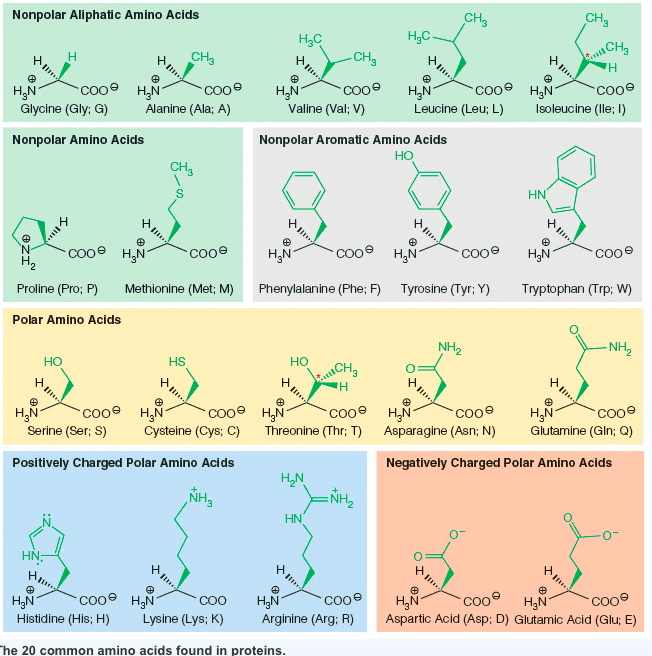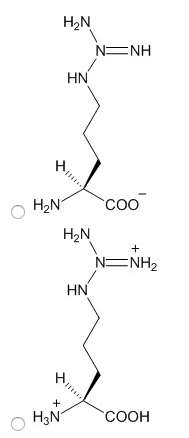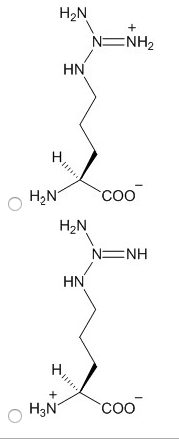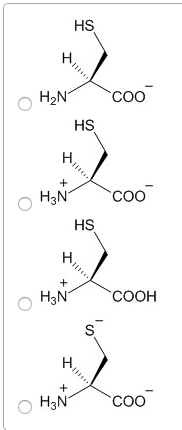CHEM 2360 Chapter Notes - Chapter 2: C-Terminus, Disulfide, Aspartic Acid
Document Summary
Function as neurotransmitters, hormones, bacterial cell wall components, intermediates. N-terminus on backbone (gets deprotonated at pka ~ 9. 5) with a positive charge at ph 7. C-terminus on backbone (gets protonated at pka ~2. 2) with a negative charge at ph 7. Acidic amino acids lose a proton at ph 7 (deprotonated form predominates) = anionic. Basic amino acids gain proton at ph 7 (protonated form predominates) = cationic: r-groups, non-polar (aliphatic, hydrophobic) Proline (pro, p) - only a. a with r-group directly connected to n terminus, no free rotation rigid. Methionine (met, m: aromatic (mostly non-polar, v. h. phobic) Tyrosine (tyr, y) first a. a with ionisable proton dissociates, sort of polar due to ionisable proton. Tryptophan (trp, w) most h. phobic, largest a. a, very flat due to sharing e: polar, uncharged, hydrophilic. Cysteine (cys, c) two nearby cys able to form disulfide bond in oxidizing environment (helps stabilize protein), protonated form predominates in ph 7 because ph < pka.







